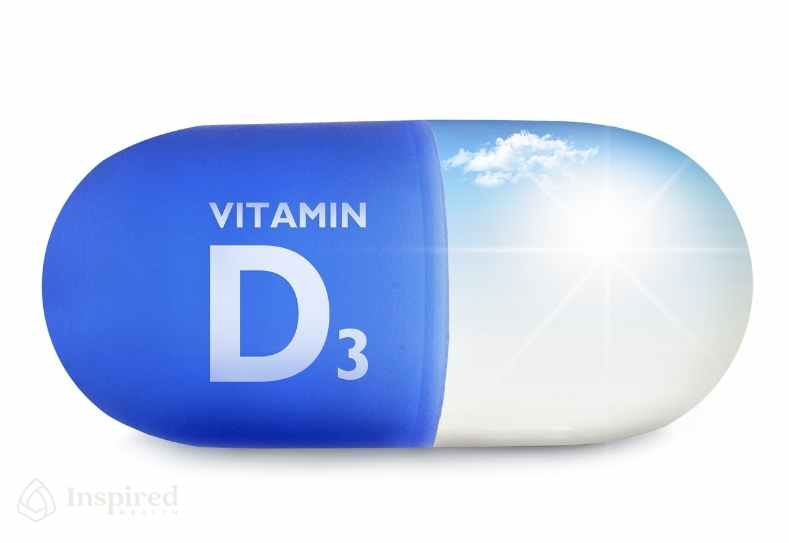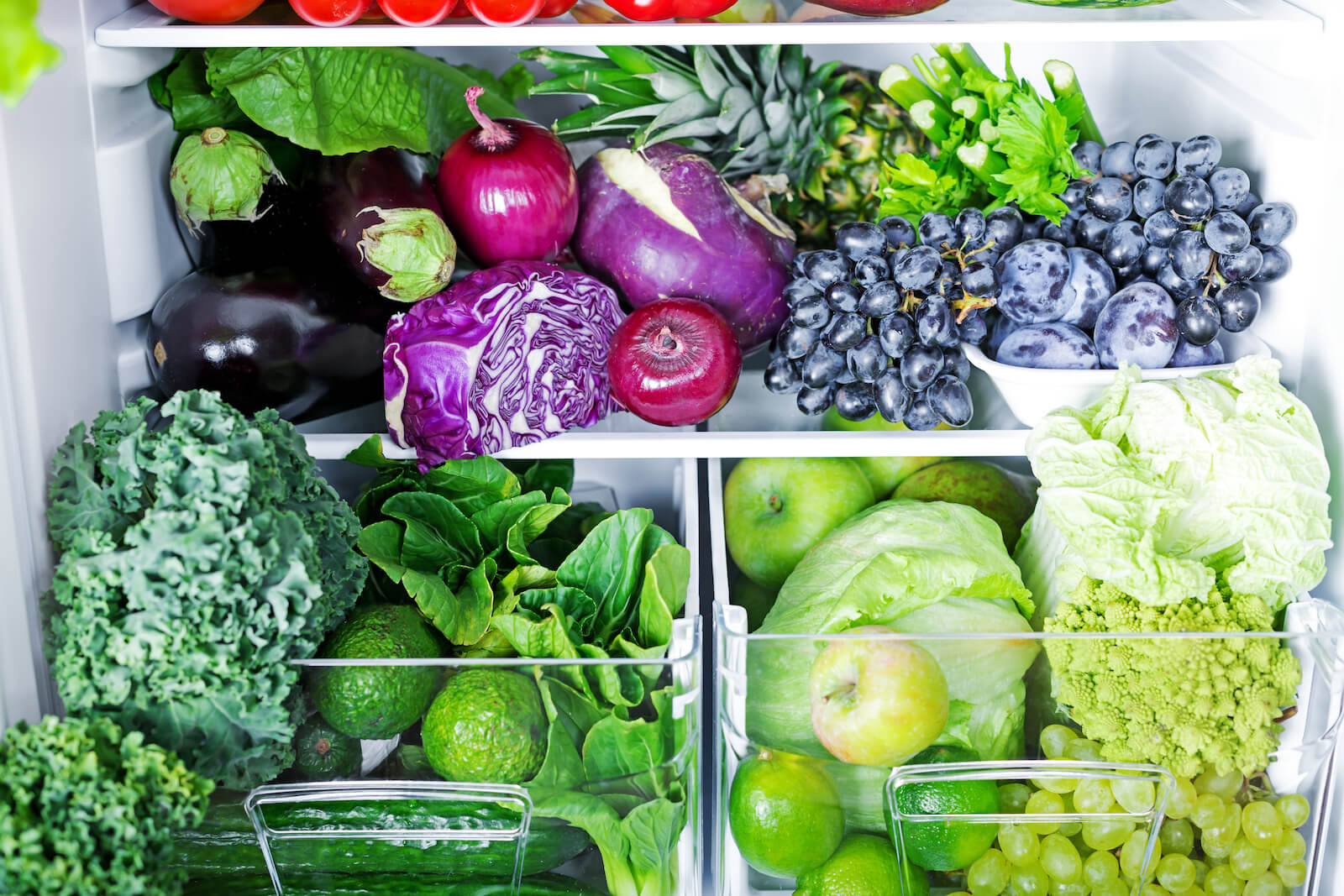When it comes to supporting long-term health, few nutrients are as underrated – or as vital – as Vitamin D. Known as the “sunshine vitamin,” Vitamin D plays a critical role in a variety of bodily functions, from supporting strong bones to bolstering the immune system. Despite its importance, Vitamin D deficiency is surprisingly common, especially in regions with long winters or inconsistent sunlight, like Central Oregon.
Let’s explore why Vitamin D matters, how to naturally boost your levels in Central Oregon, the best food sources, and what experts recommend for supplementation.
Why Is Vitamin D Important?
Vitamin D is actually a fat-soluble hormone that helps the body absorb calcium and phosphorus, which are key minerals for bone strength. But it does much more than that:
- Supports immune health: Helps the body fight infections and may reduce the severity of respiratory illnesses.
- Regulates mood: Low levels have been linked to increased risk of depression and seasonal affective disorder (SAD).
- Protects bone health: Prevents rickets in children and osteomalacia or osteoporosis in adults.
- May reduce inflammation and risk of chronic disease: Including heart disease, type 2 diabetes, and certain cancers.
Vitamin D and Sun Exposure in Central Oregon
Although Central Oregon is known for its abundant sunshine – boasting over 250 sunny days a year – the reality is a bit misleading when it comes to Vitamin D production. That’s because the ability of sunlight to trigger Vitamin D synthesis in your skin depends not just on the number of sunny days, but on the angle of the sun, which changes with the seasons and latitude.
How the Body Makes Vitamin D
When ultraviolet B (UVB) rays from the sun hit the skin, they trigger the body to produce Vitamin D. However, several factors influence this process:
- Latitude and season: From roughly October through March, the sun sits too low in the sky for UVB rays to effectively reach the Earth’s surface at our latitude (~44°N). So even on bright winter days, your body can’t make much, if any, Vitamin D from the sun.
- Time of day: UVB rays are strongest between 10 a.m. and 2 p.m.
- Skin coverage and sunscreen: SPF blocks UVB, which is good for skin cancer prevention, but it also prevents Vitamin D synthesis.
- Skin tone: Darker skin synthesizes Vitamin D more slowly due to higher melanin levels.

Practical Tips for Safe Sun Exposure
- In spring through early fall, aim for 10–30 minutes of mid-day sun exposure on arms and legs, a few times a week, without sunscreen, but avoiding sunburn.
- Outside those months, supplementation is typically necessary due to insufficient sunlight.
Dietary Sources of Vitamin D
Very few foods naturally contain Vitamin D, but some are excellent sources:
| Food Source | Vitamin D Content (IU per serving) |
| Cod liver oil (1 tsp) | ~450 IU |
| Sockeye salmon (3 oz) | ~400–600 IU |
| Fortified milk (1 cup) | ~100 IU |
| Fortified orange juice | ~100 IU |
| Egg yolk (1 large egg) | ~40 IU |
| Mushrooms (UV-exposed) | ~400 IU per 3.5 oz |
A mix of these foods can help support Vitamin D levels, but are likely not be enough, especially in winter.
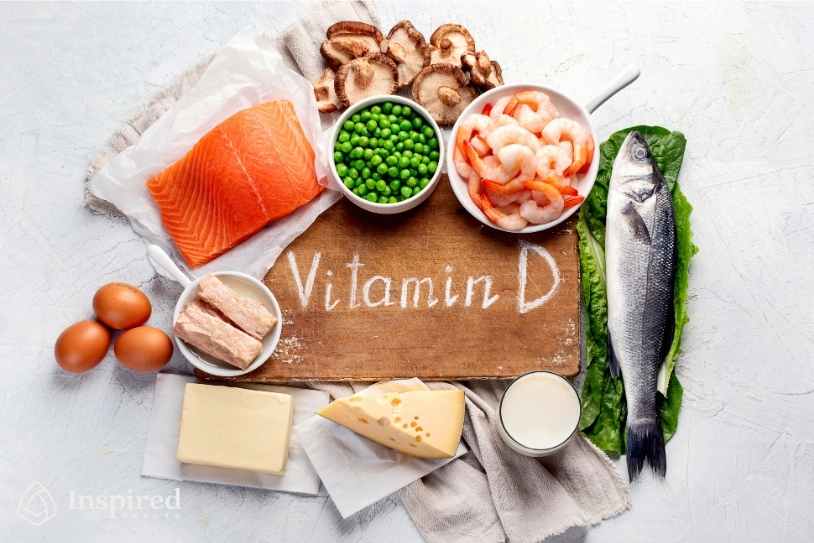
Supplementation Guidelines
The Recommended Dietary Allowance (RDA) for Vitamin D varies based on age and life stage:
| Group | RDA (IU/day) |
| Infants (0–12 months) | 400 IU |
| Children & adults (1–70) | 600 IU |
| Adults over 70 | 800 IU |
| Pregnant & breastfeeding | 600 IU |
However, many expert recommend higher daily doses for adults living in northern latitudes or with limited sun exposure.
Best Practices for Supplementation:
- Get your blood levels tested and consult with a doctor about the right daily dose for you to ensure you stay in an optimal range all year round. It’s important to note that too much vitamin D can also be detrimental to your health!
- Look for Vitamin D3 (cholecalciferol), which is more effective than D2. And better yet, look for a Vitamin D3 combined with vitamin K2, which collaborates with vitamin D to deposit calcium into the bones.
- Take your vitamin D with a fat-containing meal to improve absorption.
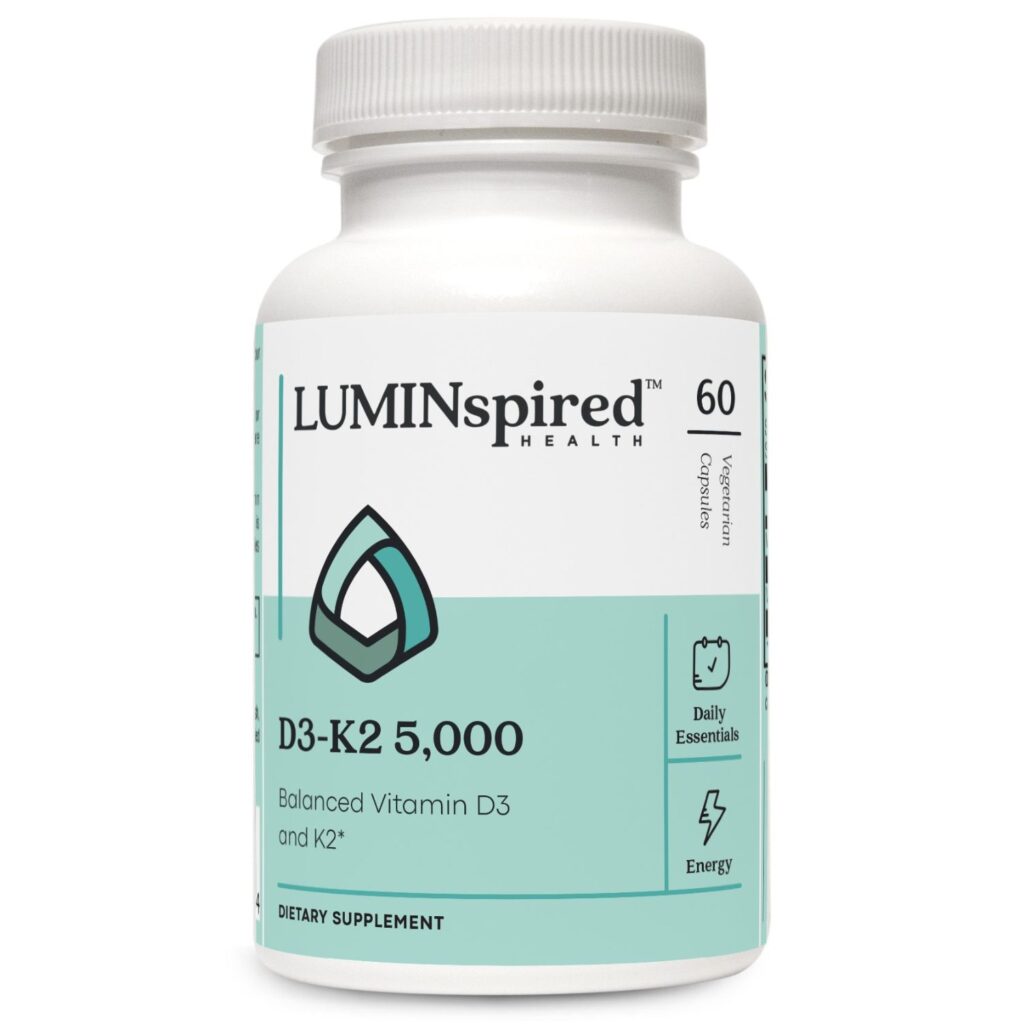
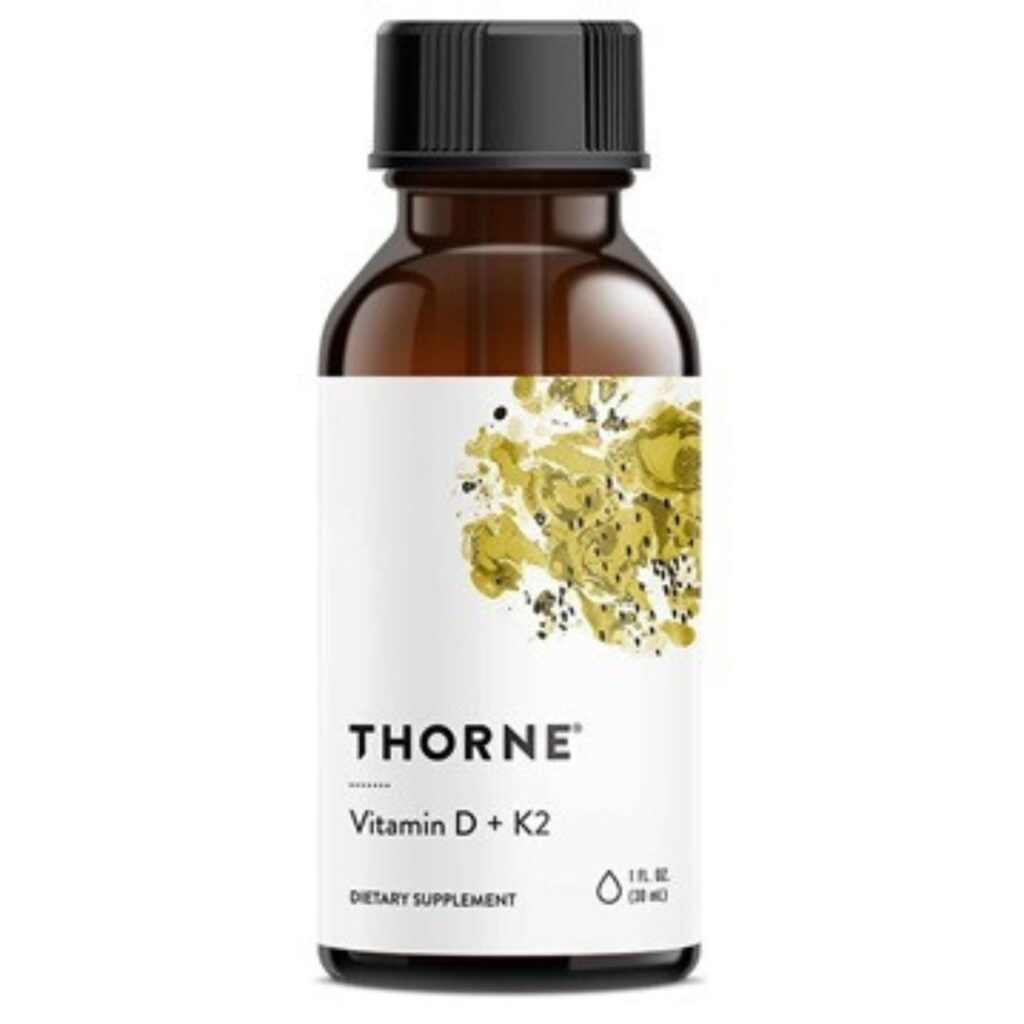
Stay sunny, stay healthy, and let your wellness shine!

Want more Inspired tips?
Be sure to follow us on Instagram, Facebook, and Pinterest.
Also, sign up for our newsletter!
Visit us in-person at Inspired Health, or schedule a TeleHealth appointment!
References
- Oskarsson V, Eliasson M, Salomaa V, Reinikainen J, Männistö S, Palmieri L, Donfrancesco C, Sans S, Costanzo S, de Gaetano G, Iacoviello L, Veronesi G, Ferrario MM, Padro T, Thorand B, Huth C, Zeller T, Blankenberg S, Anderson AS, Tunstall-Pedoe H, Kuulasmaa K, Söderberg S; BiomarCaRE investigators. Influence of geographical latitude on vitamin D status: cross-sectional results from the BiomarCaRE consortium. Br J Nutr. 2022
- Grant WB, Wimalawansa SJ, Pludowski P, Cheng RZ. Vitamin D: Evidence-Based Health Benefits and Recommendations for Population Guidelines. Nutrients. 2025
- Charoenngam N, Holick MF. Immunologic Effects of Vitamin D on Human Health and Disease. Nutrients. 2020
